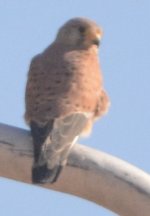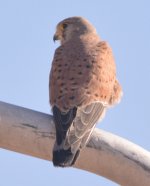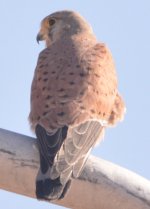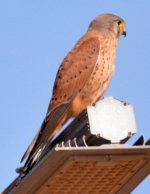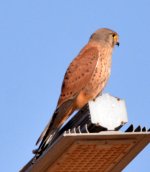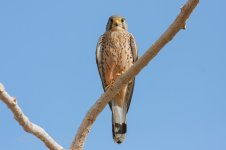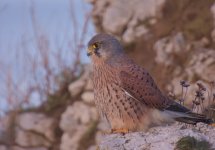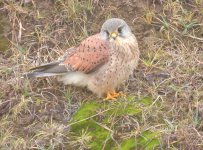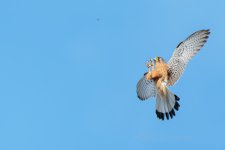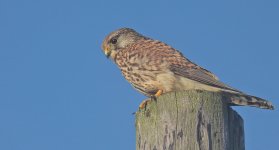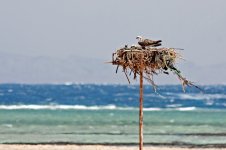Earnest lad
Well-known member
Please may I request advice.
I've just returned from 4 days in Sharm El-Sheikh, Egypt, after seeing ridiculously low air fare availability from the UK last week. The birding was great and I took lots of photographs. As this was my first trip to the region, the birds of that area were of course largely new to me. Consequently, I am not confident as to identity in quite a few cases. I hope to ask questions about several photographs over the next period if allowed, and would be grateful to receive advice from members
This post here is about a a sighting of a kestrel species. I am hoping it is a Lesser Kestrel, as that species would be a lifer for me. Please may I enquire as to reasons for any diagnosis provided as well as actual id itself.
I've just returned from 4 days in Sharm El-Sheikh, Egypt, after seeing ridiculously low air fare availability from the UK last week. The birding was great and I took lots of photographs. As this was my first trip to the region, the birds of that area were of course largely new to me. Consequently, I am not confident as to identity in quite a few cases. I hope to ask questions about several photographs over the next period if allowed, and would be grateful to receive advice from members
This post here is about a a sighting of a kestrel species. I am hoping it is a Lesser Kestrel, as that species would be a lifer for me. Please may I enquire as to reasons for any diagnosis provided as well as actual id itself.




